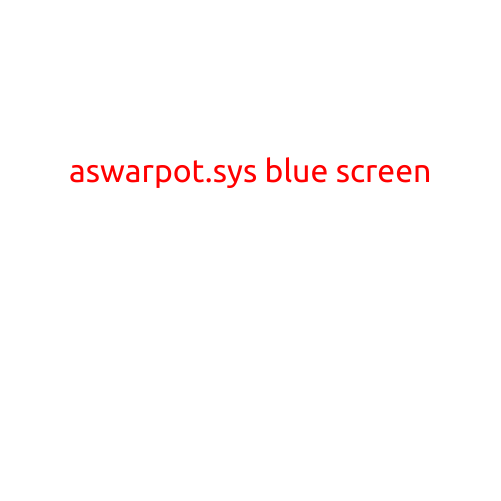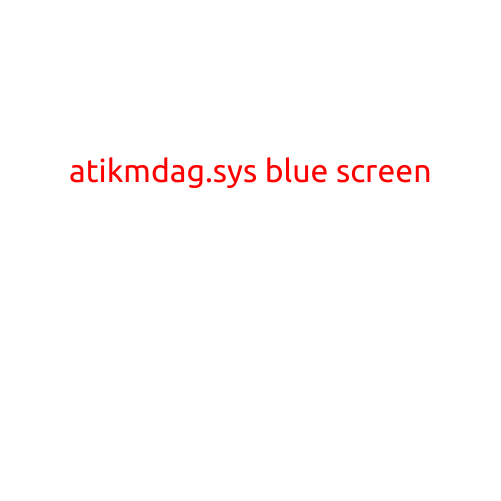
The Ins and Outs of Blue Screen Backgrounds
In the world of technology, there’s nothing quite like a blue screen of death. Also known as a blue screen error, this frustrating issue is the bane of many a computer user’s existence. But did you know that you can use a blue screen background to add a touch of panache to your digital landscape? In this article, we’ll delve into the world of blue screen backgrounds, exploring their history, design options, and even some creative ways to use them.
A Brief History of the Blue Screen
The blue screen error, also known as a blue screen of death (BSOD), has been around since the 1980s. First introduced by IBM and Microsoft in the early days of Windows, the blue screen was initially used to inform users of a fatal error that prevented the system from booting up. Over the years, the blue screen has evolved to include various error messages and troubleshooters, but its core purpose remains the same: to alert users of a critical problem with their system.
Designing a Blue Screen Background
So, what makes a good blue screen background? The answer lies in simplicity and elegance. A blue screen background should be visually appealing, yet easy on the eyes. Here are some design tips to get you started:
- Color Palette: Stick to a limited color palette, preferably shades of blue. A bright blue (#007bff) or a deep navy blue (#032B44) can create a striking contrast with the error message.
- Textures and Patterns: Add some visual interest with subtle textures or patterns. A slight gradient or a faint grid can add depth without overwhelming the design.
- Typography: Choose a clean, legible font that complements the blue color scheme. A sans-serif font like Arial or Helvetica works well.
- Imagery: If you want to add some personality to your blue screen background, consider incorporating simple icons or graphics that resonate with the error message.
Creative Uses for Blue Screen Backgrounds
Blue screen backgrounds aren’t just limited to displaying error messages. Here are some creative ways to use them:
- Branding: Use a customized blue screen background as a logo or branding element for your company or organization.
- Design Elements: Incorporate blue screen backgrounds into your designs, such as website headers, social media graphics, or presentation slides.
- Abstract Art: Experiment with blue screen backgrounds as a canvas for abstract art. Add some texture, patterns, or shapes to create a unique piece.
- Photography: Use a blue screen background as a creative prop for product photography or still-life photography. The blue screen can add a pop of color and create an interesting composition.
Conclusion
The blue screen background is more than just a relic of the past. With a little creativity and design flair, you can turn a frustrating error message into a visually appealing design element. Whether you’re a web designer, artist, or simply a technology enthusiast, blue screen backgrounds offer a unique opportunity to express yourself and add some personality to the digital landscape.





